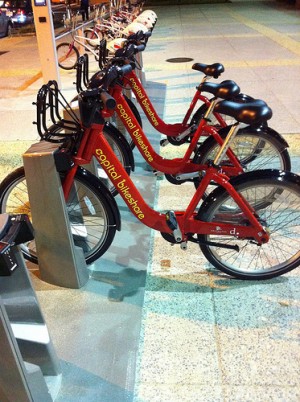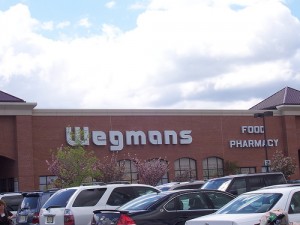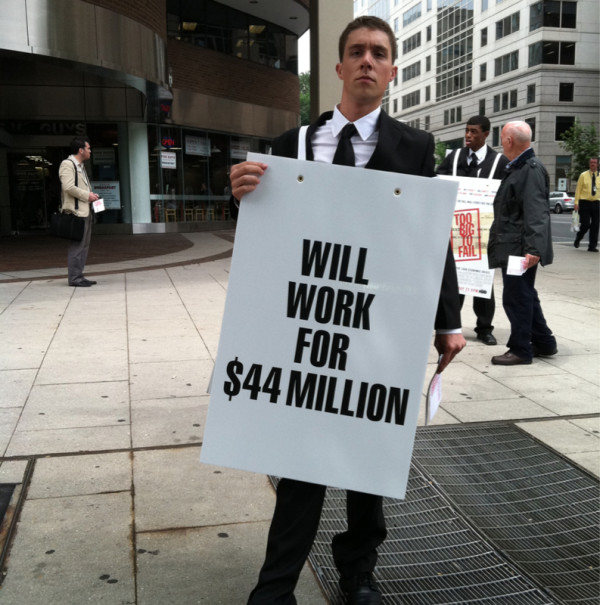Greater Greater Washington has mapped out Capital Bikeshare usage ahead of Wednesday night’s public meeting on the system’s expansion.
The District Department of Transportation is poised to expand Capital Bikeshare by 25 new stations this summer, choosing from a list of 55 candidates. Of those 55, five are east of the Anacostia River, in the District’s poorest wards.
The least-used of the existing stations are almost all located east of the Anacostia:
Of course we’d expect the stations in the middle to be used the most. Likewise is true of Metro. That doesn’t mean that the peripheral bikeshare stations or Metro stations aren’t useful.
And it makes sense that peripheral stations would be used less given that bikeshare works best when stations are clustered together — the fewer the stations nearby, the less the usage. Adding more east of the river could be one way to increase usage of the existing stations, although doing so doesn’t address the other obstacles that prevent lower-income residents from using the bikes.
Given the documented low usage of the existing stations some fear calls to abandon the program altogether in parts of Wards 7 and 8. Groups such as the Washington Area Bicyclist Association are actively working to encourage bicycling among Ward 7 and 8 residents, and DDOT has no plans of giving up in those neighborhoods. But whether they’ll be able to expand there when there is so much demand elsewhere is another matter.
Wednesday’s meeting will be held from 6 to 8 p.m., at 441 4th St., NW, Room 1107.








